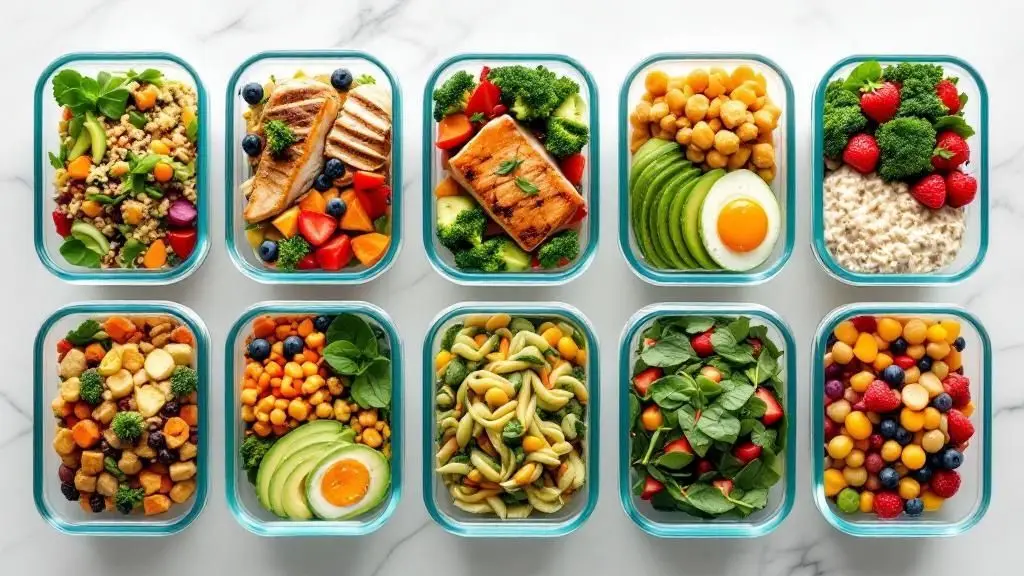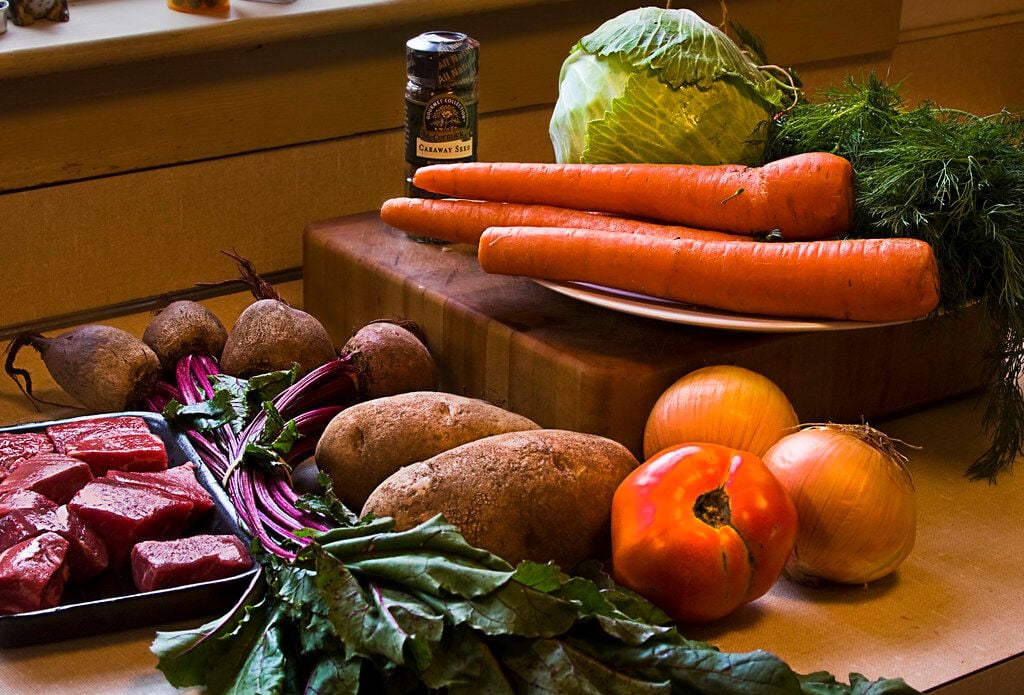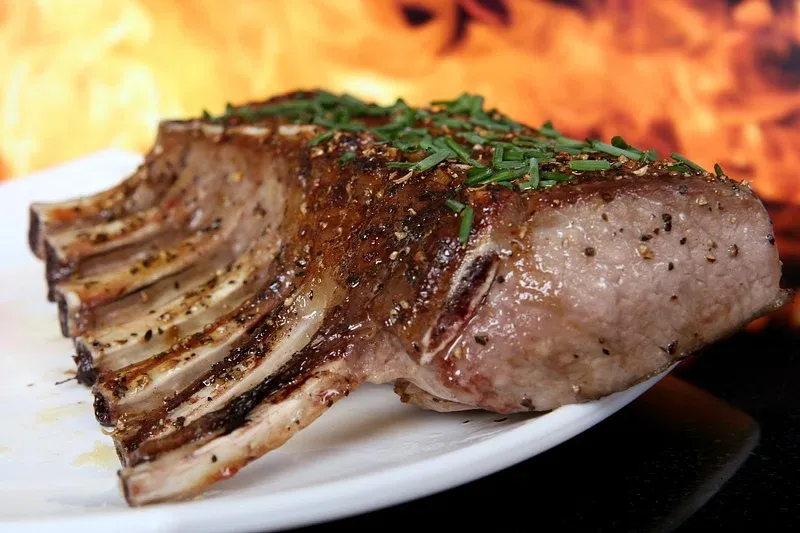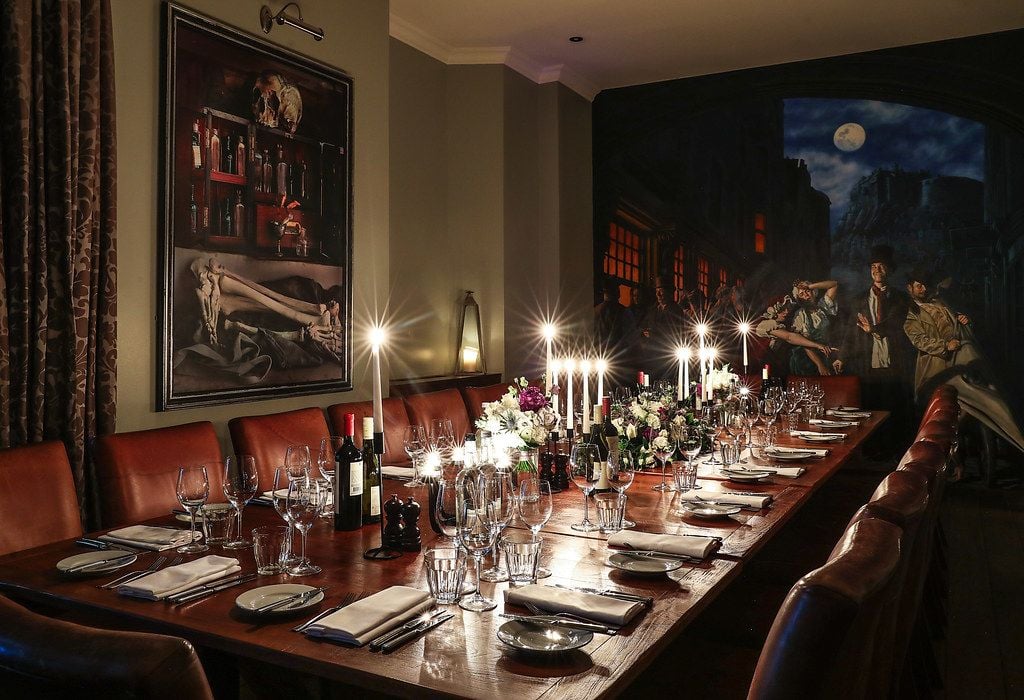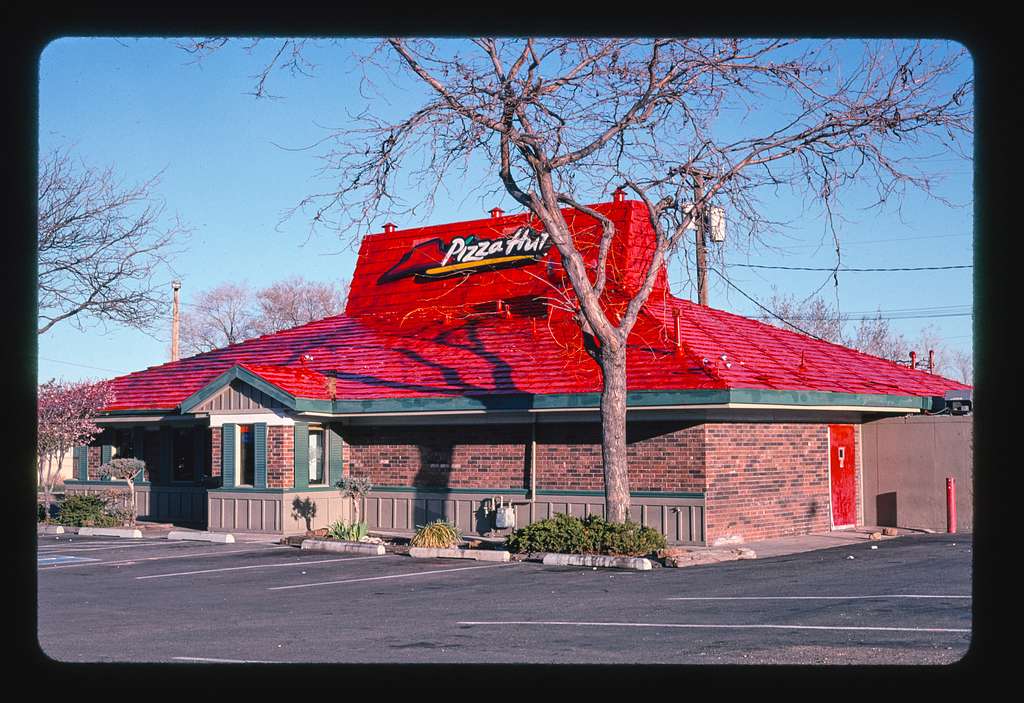
Unraveling the Difference: Brandy and Whiskey
- Jun 22, 2024
Picture two full glasses on a table, one with whiskey and the other with brandy. Both beverages flaunt a similar brown-amber tint and tantalize your senses with hints of caramel, vanilla, and baking spice. However, the similarity ends there, as their production process and base ingredients are fundamentally different.
Brandy is a fruit-based alcohol, while whiskey is grain-based. This foundational difference gives birth to each spirit's unique identity and character. Spirit master Lance Winters of St. George Spirits shares that usually, brandy refers to a barrel-aged drink derived from white grapes.
Cognac, a grape brandy variant, is the most consumed globally, made exclusively in the Cognac region of France following a strict distillation process. "Cognac is an Appellation d’Origine Contrôlée (AOC), meaning it can only be produced in the Cognac area following a specific distillation technique," says Amaury Thomas, co-founder and master blender of Martingale Cognac.
The brandy category is as vast as the globe, made from an array of fruits including not just grapes, but also apples, pears, peaches, plums, and berries, and varies significantly owing to the savoir faire, craftsmanship, and personal taste of the maker, says Thomas.
On the whiskey front, we're introduced to variants such as bourbon, rye, single malt scotch, and Irish whiskey, each type composed of varying grain amounts, most commonly barley, corn, rye, and wheat. For instance, single-malt scotch is produced purely from malted barley, and bourbon needs at least 51% corn.
"Based on what mash bill is utilized, there can be big differences in the flavor of a given whiskey" Winters shares. The distillation technique also greatly affects the final product. Cognac, for instance, undergoes a double distillation in copper pot stills, whereas whiskey distilleries typically use continuous stills, particularly in the southern US.
Despite these differences, the practice of barrel-aging unifies both spirits, impacting their color and flavor profiles. For Cognac and whiskey, most of the color and flavor – vanilla, caramel, butterscotch, and baking spice – are imparted from the oak barrels.
Distinct consumption patterns also exist. "Compared to brandy, whiskey has been marketed and enjoyed in a wider range of settings," says Andrew Weir of Martingale Cognac, noting certain highbrow perceptions linked with cognac consumption. Cocktail culture sees brandy serving as a base for classic mixes like the Sidecar and Brandy Crusta, while whiskey has a firm foothold.
"Whiskey, culturally, is all over the map," says Winters. "You can order a beer and a shot of whiskey at a bar, as well as make numerous amazing cocktails from whiskey."
By navigating these nuances between brandy and whiskey, this guide hopes to empower readers to make knowledgeable decisions when choosing their next spirit.

